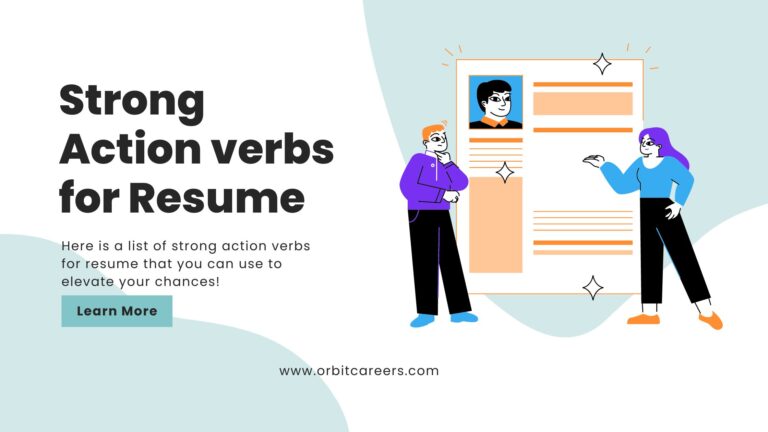In today’s digital age, many companies rely on Applicant Tracking Systems (ATS) to manage and filter resumes. These automated systems are designed to streamline the recruitment process by scanning resumes for specific keywords and qualifications. However, for job seekers, understanding how to navigate the ATS game and optimize their resumes is crucial. In this blog post, we will explore effective strategies to get your resume noticed by ATS and increase your chances of landing an interview.
- Understand How ATS Works: To master the ATS game, it’s essential to have a basic understanding of how these systems operate. ATS uses algorithms to scan resumes and rank them based on keyword relevance and specific criteria set by the employer. Resumes that match the desired qualifications are typically given higher scores and move forward in the selection process. Familiarize yourself with the common features and functionalities of ATS to tailor your resume accordingly.
- Analyze the Job Description: Before crafting your resume, carefully analyze the job description to identify the keywords and skills that the employer is seeking. Pay attention to specific qualifications, job titles, certifications, and industry-related terminology. Highlight these keywords and incorporate them strategically throughout your resume. Aligning your resume with the job description increases the chances of passing the initial ATS screening.
- Optimize Your Resume with Keywords: Keyword optimization is crucial to enhance your resume’s visibility to ATS. Place relevant keywords in key sections of your resume, such as the summary, work experience, skills, and education. Use a mix of industry-specific and general keywords to cover a wide range of ATS criteria. However, ensure that the keywords are integrated naturally and flow well within the context of your resume.
- Use Action Verbs and Phrases: Incorporating action verbs and phrases not only enhances the readability and impact of your resume but also increases its chances of getting noticed by ATS. Begin bullet points in your work experience section with strong action verbs to describe your accomplishments and responsibilities. For example, instead of writing “Responsible for managing a team,” use “Led a team of professionals to achieve project milestones.” This approach adds depth to your resume and captures the attention of both ATS and human recruiters.
- Format Your Resume for ATS Compatibility: Simpler resume formats are often more ATS-friendly. Avoid using fancy fonts, images, charts, or elaborate designs that can confuse or hinder the ATS scanning process. Stick to standard fonts such as Arial, Calibri, or Times New Roman, and use a clear, legible font size. Ensure that the formatting remains consistent throughout the document, and use standard section headings to improve ATS readability.
- Proofread and Test Your Resume: Even the best-optimized resume can be undermined by simple errors. Proofread your resume thoroughly to eliminate spelling mistakes, grammatical errors, and formatting inconsistencies. Pay attention to the accurate use of keywords and ensure that they are contextually appropriate. Additionally, test your resume by using ATS simulation tools available online. These tools evaluate how your resume fares in an ATS environment and provide valuable feedback for further optimization.
- Customize Your Resume for Each Application: While it’s efficient to have a master resume, it’s essential to tailor it for each specific job application. Customize your resume by incorporating keywords and phrases from the job description. Highlight relevant experiences, skills, and achievements that closely align with the requirements of the position. This targeted approach demonstrates your suitability and increases your chances of getting noticed by both ATS and recruiters.
- Seek Professional Help: If navigating the ATS game seems daunting, consider seeking professional assistance. Professional resume writers and career coaches are well-versed in optimizing resumes for ATS. They can provide personalized guidance, conduct keyword research, and help you create a resume that maximizes your chances of success.
Conclusion: Mastering the ATS game is essential for job seekers looking to secure interviews and land their desired positions. By understanding how ATS works, optimizing your resume with relevant keywords, using action verbs and phrases, formatting for ATS compatibility, proofreading diligently, customizing for each application, and seeking professional help if needed, you can significantly improve your resume’s visibility to ATS and increase your chances of getting noticed by hiring managers. Stay informed, adapt your resume to the evolving ATS landscape, and embark on your job search journey with confidence.





